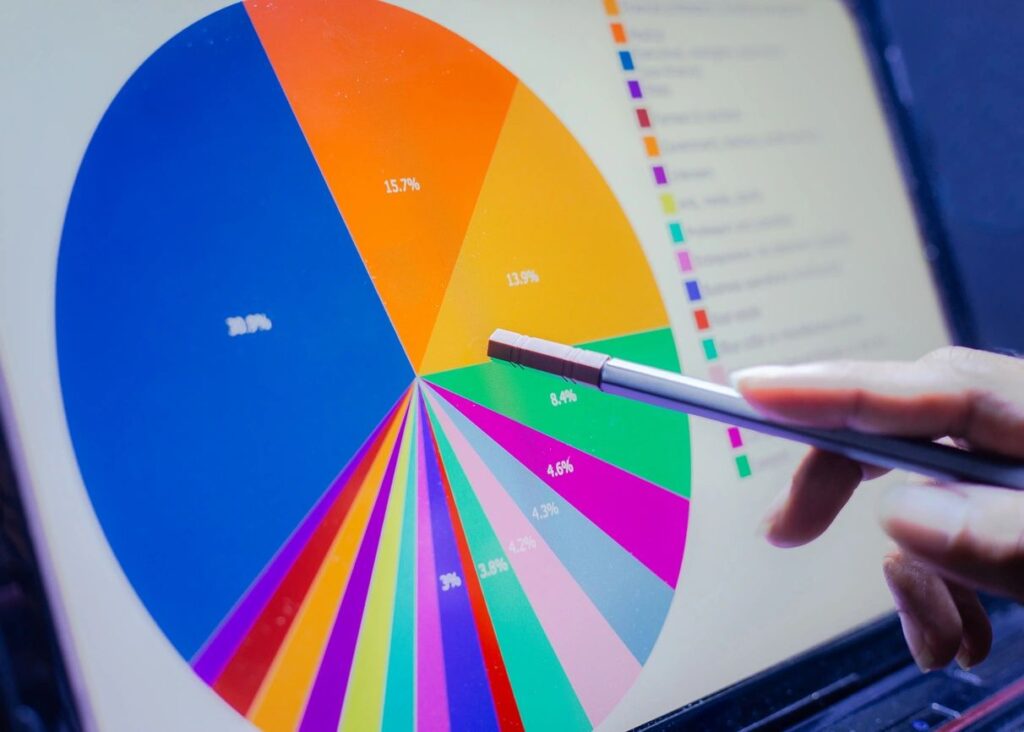Create These 4 Financial Reports Every Month

Financial data is crucial to your business success. However, simply having the data doesn’t help you. You have to organize and analyze it.
After the bookkeeping is complete, you need these four financial reports. If you dislike going through the numbers, don’t worry I’ll keep it simple.
1) Profit and Loss Statement (P&L)
This report shows how much money you made, how much money you spent, and your profit.
This is usually the report that gets the most interest. How much did I make and how much do I have leftover are two common questions.
You’ve likely heard whether in real life or in movies the phrases “what’s the bottom line” or “how does this affect the bottom line” or even “all they care about is the bottom line.”
They were talking about this report. Usually the profit is the last line AKA the bottom line.
2) P&L Comparison
Compare the numbers mentioned above to a previous time frame (such as last quarter or year) or to your projections or forecast.
Look at your gross profit, EBITDA, and estimate taxes due so you can set them aside.
Ok, I’m going to finance geek out for one second to explain EBITDA, if you’re thinking nah I’m good then head to number three.
EBITDA is a common measure of profit and allows the ability to compare profit across companies.
EBITDA stands for earnings before interest, taxes, depreciation and amortization. It shows of all revenue, what percent is the profit created by normal business activity.
You may ask how this is different from profit margin. Well, EBITDA looks at profit before accounting for variable expenses that will be spread out over the coming years like property and equipment. This allows us to compare the profit to other companies in the industry.
This is how you, a lender, or investor would determine how you stack up against other companies in your field.
3) Cash Flow
The cash flow statement shows you what happened with your cash for a specific time frame. It shows
- the amount of money available at the start of the timeframe,
- the amount of income,
- the amount of money spent, and
- the current balance.
This report doesn’t take into account depreciation and therefore is a great view of how well your business can handle expenses.
It shows how much cash is truly available. This is something that investors and creditors would definitely assess.
4) Balance Sheet
Most people find this is the most confusing report out of the four. This report shows your business assets, liabilities, and equity.
It answers the question of what the business owns and what it owes. It’s another crucial aspect of your business financial standing.
You or your accountant and investors will use the numbers on the balance sheet to calculate KPIs (key performance indicators) that give an even better understanding of the business financial status.
So you see how the numbers in these financial reports can be interpreted to create recommendations on actions to achieve financial goals.
However, in order for these reports to be useful …
Your financial books have to be right or you’re making decisions off of bad intel aka financial data.
If you have a lot of questions as you do your bookkeeping, then hire a bookkeeper or accountant. Otherwise, you’re likely leaving money on the table.
Create and analyze these reports to determine what actions will increase revenue, profits, and positive cash flow.





